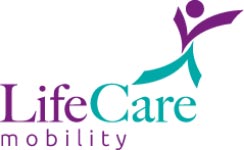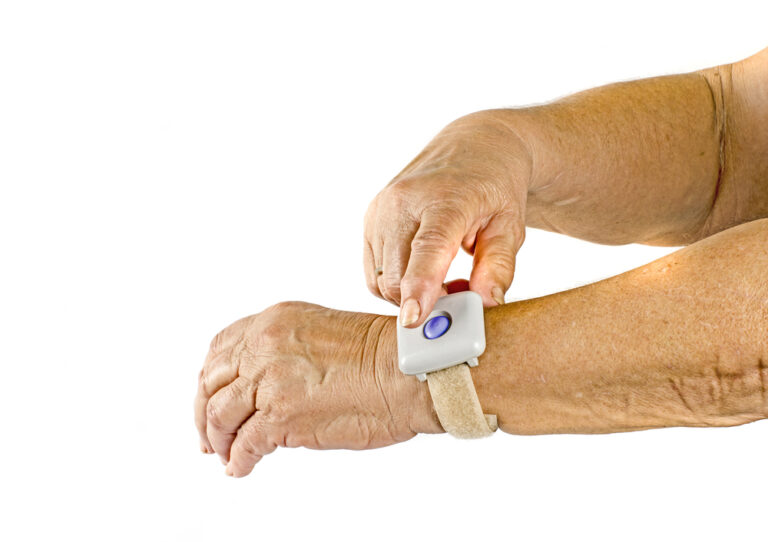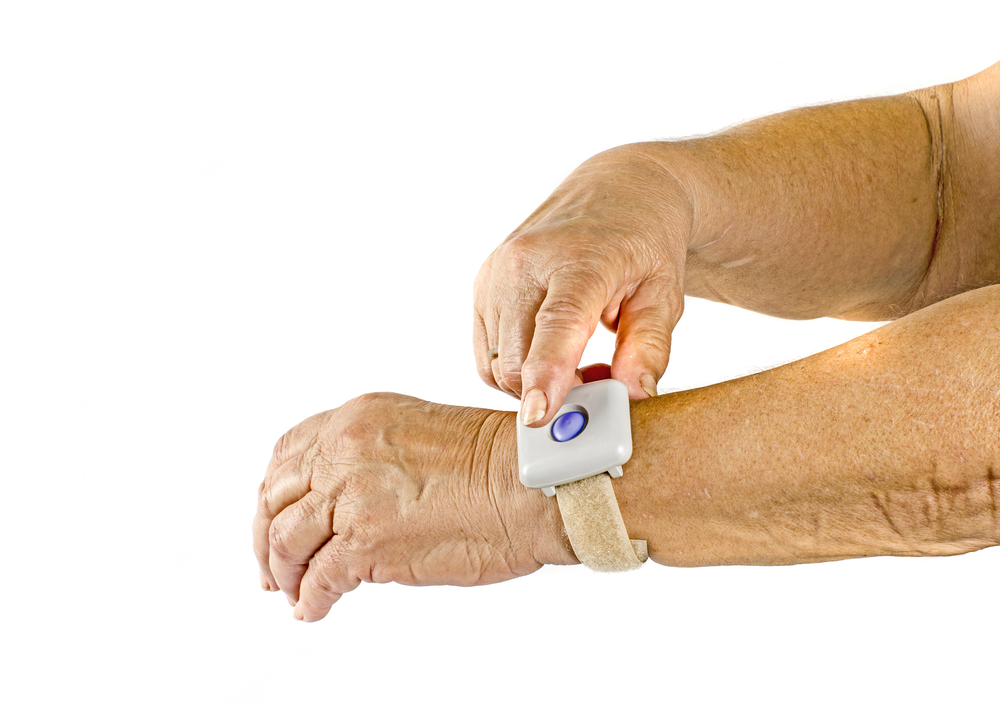Helping you to help your loved ones. While this is not an official tagline or slogan for LifeCare Mobility Solutions, it could certainly serve as one. At the heart of our business is the undying need to provide solutions for individuals with mobility issues. Those solutions don’t just come by way of our high-quality stair lifts, porch lifts, wheelchairs and home hospital beds. We also enjoy providing solutions through the written word.
For the past couple of years, the LifeCare Mobility Solutions Blog has been committed to imparting helpful hints and tons of information surrounding senior care. And we’re elated that we’ve received so much positive feedback from like-minded professionals in our industry who recognize our commitment to offering assistance to caregivers and care recipients alike. Haley Armstrong of Reviews.com is one such individual.
Last month, she contacted us to let us know how much she enjoyed our blog posts. Haley also informed us of an excellent in-depth article about medical alert systems that the Reviews.com team had recently posted. The site even helpfully offers larger font to assist readers with vision impairments. In this week’s blog, we’d like to thank Haley and the Reviews.com team for their excellent article as we pass along its helpful hints to you.
What is a medical alert system?
Written by Anne Dennon, the “Guide to Medical Alert Systems” article notes that medical alert systems are not designed for seniors alone. They also serve as safety nets for out-patients who live with lingering mobility issues and chronic illness sufferers.
As defined by Dennon, “a medical alert system is a wearable safety device that allows you to call for help by pushing a single button. Medical alert systems connect you to a professional 24/7 monitoring center, which can contact emergency services or loved ones on your behalf.”
The article also clarifies the role of a responder. A responder is someone a medical alert system user designates as an emergency contact. Once an emergency plan is set up, the names and phone numbers of emergency contacts need to be listed in order to inform healthcare providers of who to contact in the event of an emergency.
What do medical alert systems cost and are they covered by insurance?
Dennon reveals that most medical alert system plans cost about $30 a month, although the number and complexity of the devices will impact the price. If you are curious about whether or not your insurance will cover your medical alert system, the following information should help you.
“For the most part, Medicare and private insurance will not pay for medical alert systems,” Dennon explains, “However, you can use tax-advantaged funds from a Health Savings Account or Flexible Spending Account to cover costs. Outside of a HSA or FSA, the expenses you incur for a medical alert system may be tax deductible as a medically necessary expense. And if you have long-term healthcare insurance, you may qualify for reimbursement.”
Feel free to visit Reviews.com to have all of your questions about medical alert systems answered. And, as always, if you have any questions about the mobility solutions and home healthcare products offered by LifeCare Mobility Solutions, please don’t hesitate to call us at 416-267-9800 or email us at info@lifecaremobility.ca. You may also contact us by filling out the form on our Contact page!











